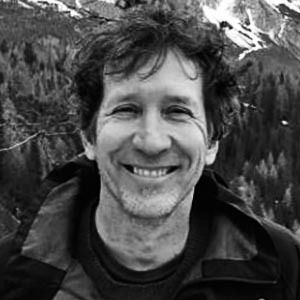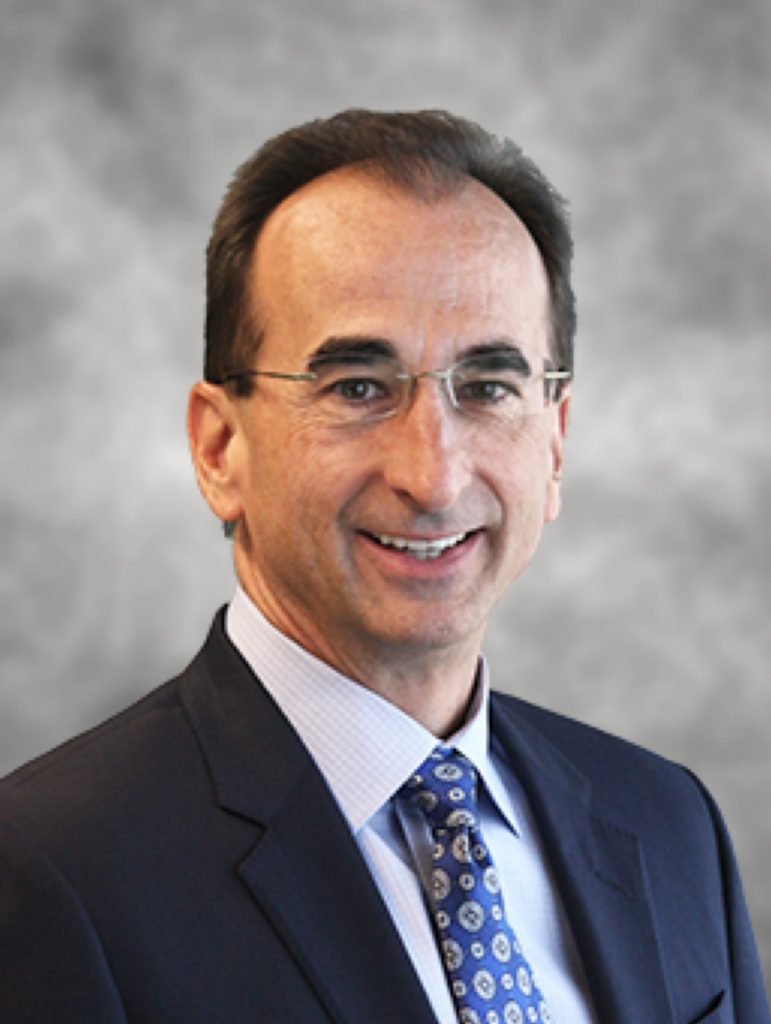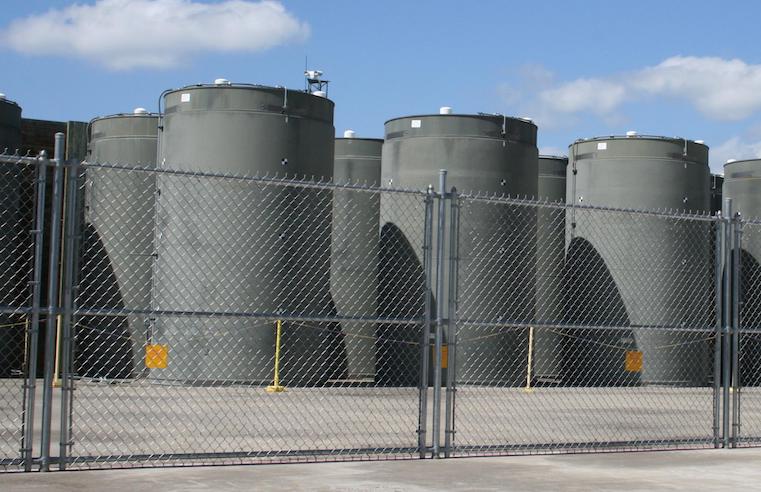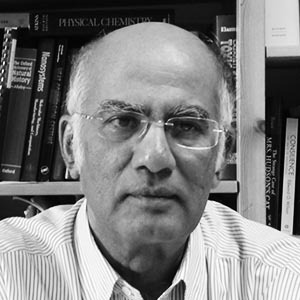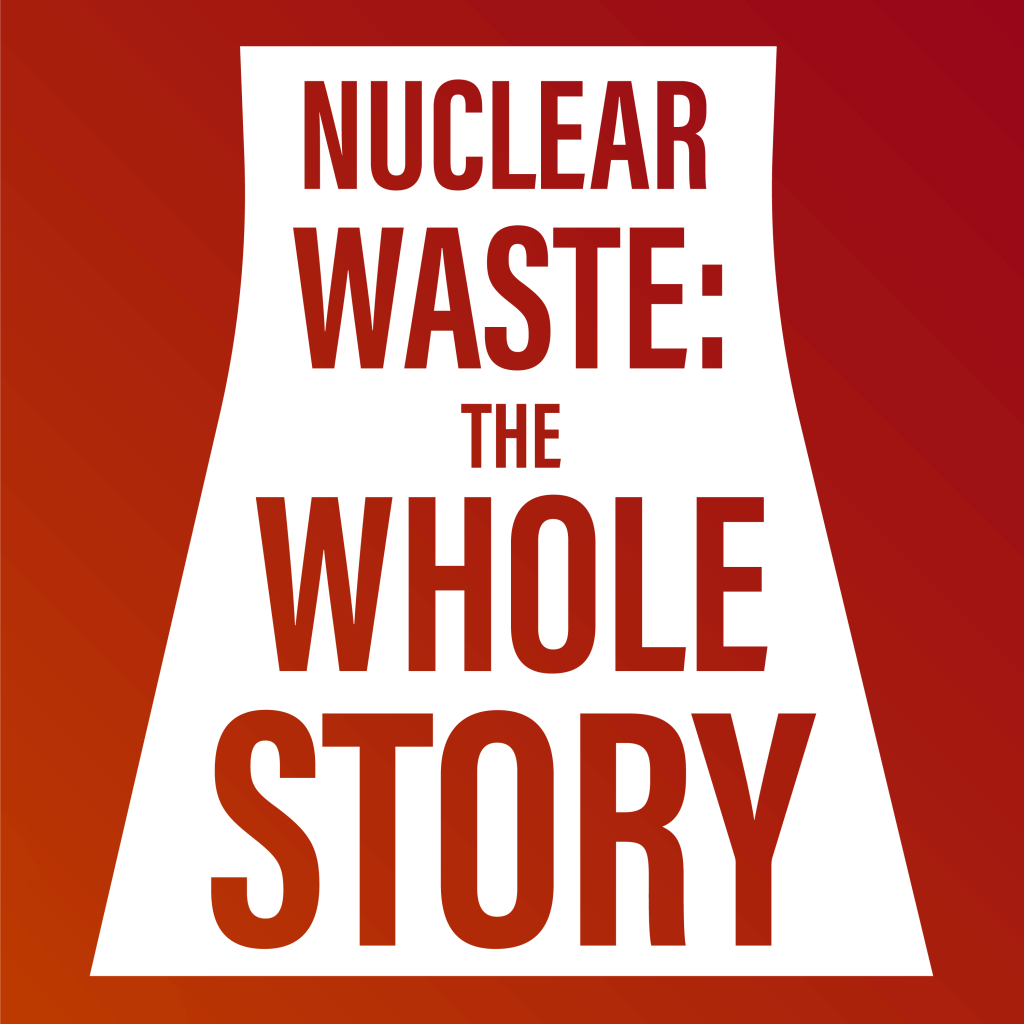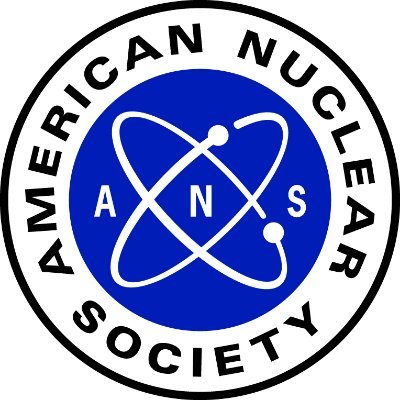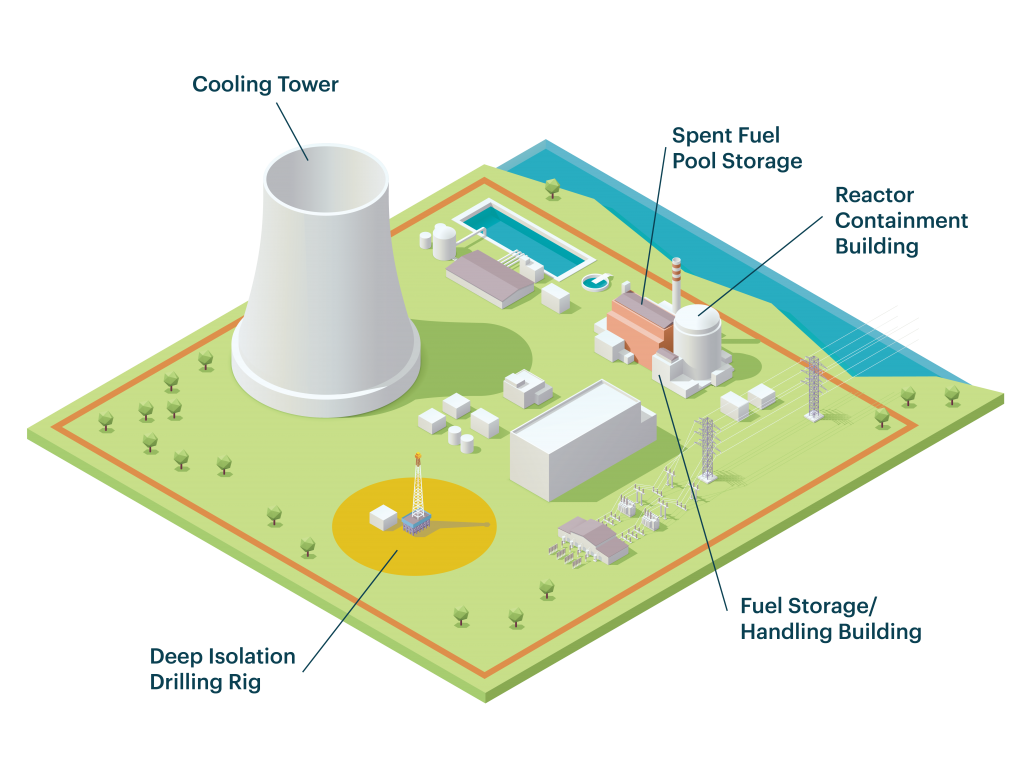At Deep Isolation we believe that nuclear power is important for achieving a carbon-neutral future and should be deployed in conjunction with a waste disposal program.
There are now about 70 advanced reactor projects being worked on in the U.S., a development that shows promise that this clean technology will be helpful in responding to the pressing need to address climate change.
Just recently the U.S. Department of Energy announced that five teams will receive $30 million in initial funding for one of its Advanced Reactor Demonstration Programs, with an expectation that the DOE will invest about $600 million over seven years with industry partners matching at least 20 percent. That’s on top of the $160M awarded through the same program to two teams in October with the expectation that DOE will spend over $3 billion on research for advanced reactors over the next seven years.
In light of this progress, we are pleased to share the results of a comprehensive report published recently by the Electric Power Research Institute (EPRI) that provides the most detailed analysis to date of how deep horizontal boreholes can offer a safe and secure disposal pathway for waste from advanced nuclear reactors.
The study, a collaboration among EPRI, the Nuclear Energy Institute and other interested organizations, assesses the feasibility of onsite horizontal deep borehole disposal for advanced nuclear energy systems. The 192-page report examines physical site characteristics, disposal operations, safety performance analysis, and regulatory and licensing considerations. The report also outlines an approach to engaging with the public in ways designed to build trust and support for the undertaking.
At Deep Isolation we believe in solving the nuclear waste problem for future generations. This study provides valuable independent validation of our nuclear waste management solution and maps out a clear path for how we can collaborate with regulators and community members to establish an on-site disposal solution for advanced reactors.
One notable finding is that disposal of advanced reactor waste in deep horizontal boreholes would cost an estimated $478 million compared to $1.56 billion for disposal in a mined repository, representing a 69 percent cost savings. The base case assumed the disposal of 1,000 metric tons of waste from the 20-year operation of an advanced nuclear reactor.
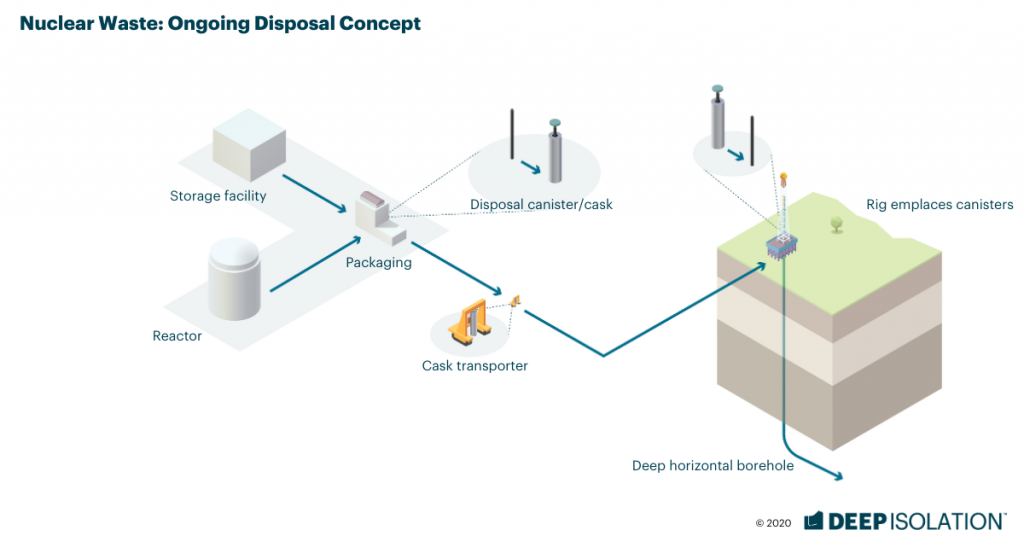
“Innovative technologies, in parallel with the deployment of advanced nuclear reactors, have the potential to broaden our portfolio of used fuel solutions in the United States,” said Rodney McCullum, Senior Director of Fuel and Decommissioning at the Nuclear Energy Institute. “We are always encouraged when government agencies, the private sector or not-for-profit organizations drive new technologies to improve efficiencies, cost, and help secure the future for the next generation of nuclear reactors. NEI is excited about the prospect of deployment of innovative technologies as a complement to any current or future used fuel solutions in the U.S.”
Findings from this study also indicate new opportunities for countries with small nuclear waste inventories or for nations interested in building their first commercial nuclear power plants.. In either case, deep borehole disposal removes a significant cost barrier and provides a solution for a problem that has inhibited nuclear energy for decades.
To improve customer receptivity and market penetration, we encourage all advanced reactor companies to plan for waste disposal in their product offerings. All too often, customer conversations around advanced reactors fail to consider waste management and we have seen this erode buyer confidence. On the other hand, kudos to our customer Fermi Energia in Estonia for engaging in an early study of whether local geology is suitable for deep borehole disposal.
Visit EPRI to download the report or to read the executive summary.
Related Posts
Advanced Nuclear Expands Clean Energy Options in a Power-Hungry World
Nuclear Waste Needs to be Part of Climate Change Discussion
Nuclear Waste Provides Exciting Opportunity for Cleantech Investors

